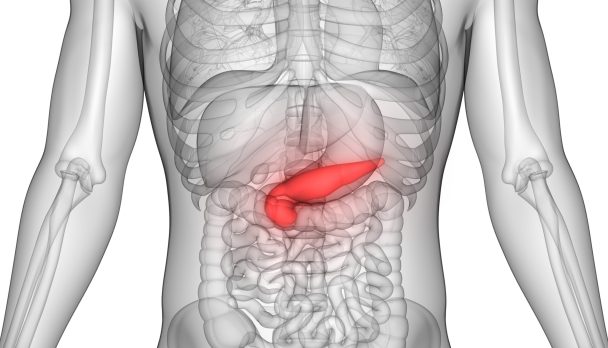It’s still probably one of medicine’s most devastating diagnoses – pancreatic cancer.Despite all the scientific advances that have been made in treating so many malignancies, the prognosis for pancreatic cancer is most often pretty bleak. Consequently, patients presented with this diagnosis are most likely to be in need of significant support.PanSupport (pansupport.org.au) is a newly-developed site, produced by the University of Melbourne that is likely to prove incredibly valuable to patients battling this condition, and their families. This resource not only provides valuable information about pancreatic cancer and its treatment, but it also gives practical advice with regard aspects of management such as diet and exercise. Importantly it also directs patients to any potential clinical trials for which they may be eligible.In keeping with the very practical and realistic approach of the entire site, Pansupport also includes information about palliative care and Advanced Care directives, allowing patients to access what they need to know in their own time frame.The PanSupport website has been developed in collaboration with the Pancare Foundation, RMIT University and the Peter MacCallum Cancer Centre. It has been funded with a Cancer Grant Initiative funded by the Australian Government.>> Find out more about PanSuport here
Expert/s: Dr Linda Calabresi


















